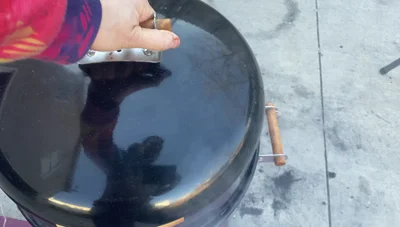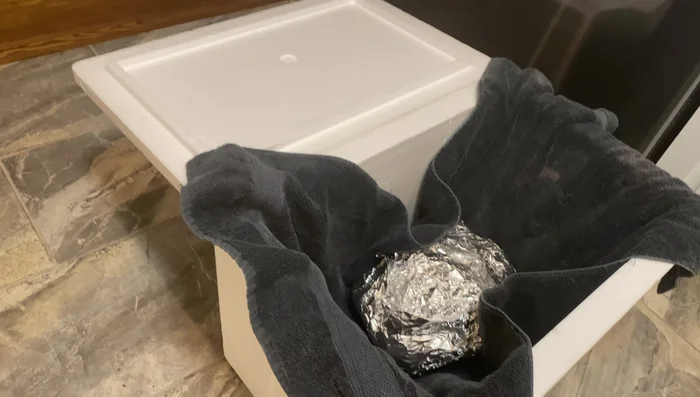Ever dreamt of perfectly smoked brisket, boasting a tantalizing bark and meltingly tender interior? This comprehensive guide takes you through the entire process, from initial brisket prep to the glorious final slice. Join us as we explore the art of injecting a premium cut of beef with a flavorful broth, meticulously applying a custom rub, and mastering the snake method for consistent smoking temperatures. Learn to monitor your smoker, spritz strategically to prevent dryness, and understand the crucial role of wrapping in achieving that perfect balance of smoky flavor and juicy texture. We'll cover everything, even troubleshooting temperature fluctuations and knowing when to pull your masterpiece from the smoker.
This detailed guide will equip you with all the knowledge and techniques necessary to smoke a show-stopping brisket that will impress even the most seasoned barbecue enthusiasts. Ready to transform a simple cut of meat into an unforgettable culinary experience? Let's dive into the step-by-step instructions below.
Preparation and Safety Guidelines
- Smoker
- Meat injector
- Paper towels
- Rub
- Beef broth
- Hickory wood chunks
- Apple juice
- Apple cider vinegar
- Probe thermometer
- Foil
- Cooler
- Cutting board
- Knife
- Always use a meat thermometer to ensure the brisket reaches a safe internal temperature of at least 195-205°F (90-96°C) before removing it from the smoker. This ensures it's cooked through and safe to eat.
- Never leave your smoker unattended, especially when using charcoal or wood. Maintain a safe distance from the smoker and be aware of potential fire hazards.
- Use proper lifting techniques when handling the heavy brisket. Ask for help if needed to prevent injury.
Step-by-Step Instructions
Prepare the Brisket
- Trim excess fat, leaving about a quarter-inch on the flat. Remove hard fat pieces and silver skin.

Prepare the Brisket Inject and Season
- Inject beef broth mixed with rub into the brisket every inch or so.
- Generously rub the brisket with your chosen spice blend.

Inject and Season Prepare the Smoker
- Set up a snake method charcoal arrangement with hickory wood chunks.

Prepare the Smoker Initial Smoking
- Place brisket fat side down on the smoker, aiming for a temperature of 225-250°F.

Initial Smoking Monitor and Maintain (Phase 1)
- Adjust vents to maintain consistent temperature and smoke.
- Spritz brisket with apple juice and apple cider vinegar mixture if needed. Observe bark development.


Monitor and Maintain (Phase 1) Refuel and Adjust
- Add more charcoal and lit coals to maintain temperature.
- Spritz brisket, rotate if necessary to ensure even cooking and color.


Refuel and Adjust Wrap the Brisket
- Wrap the brisket in butcher paper or foil once a good bark has developed (around 145°F internal temp).

Wrap the Brisket Monitor and Maintain (Phase 2)
- Monitor temperature and add more charcoal as needed. The process might take several more hours.

Monitor and Maintain (Phase 2) Rest the Brisket
- Wrap the cooked brisket in a towel and place it in a cooler to rest for about an hour.

Rest the Brisket Slice and Serve
- Slice the brisket against the grain and enjoy!

Slice and Serve
Read more: How to Grill a Turkey
Tips
- Don't open the smoker too often, as it will lose heat and smoke.
- Use the snake method for consistent low and slow cooking.
- Focus on bark development rather than solely relying on internal temperature.
- Spritzing helps prevent drying out.
- Resting the brisket allows it to reabsorb juices, resulting in a more tender and flavorful product.












